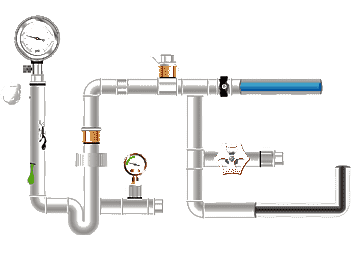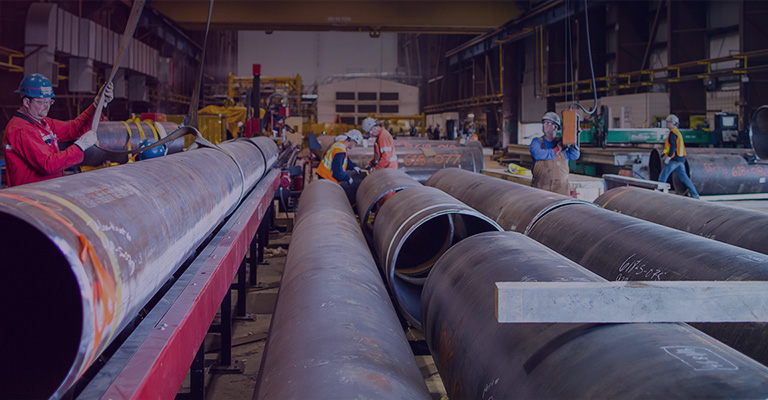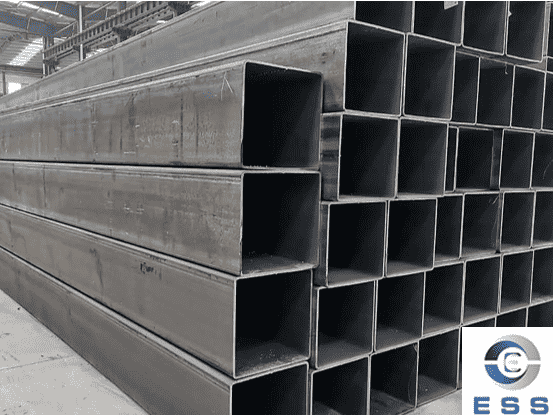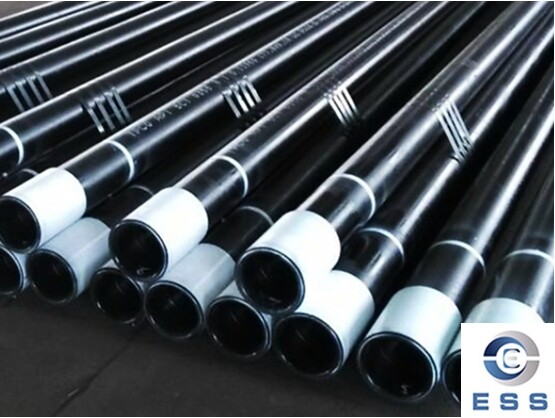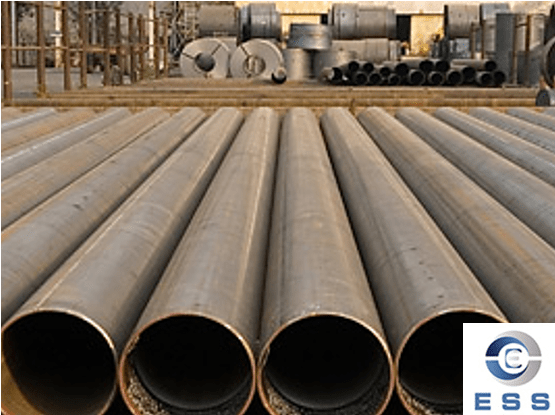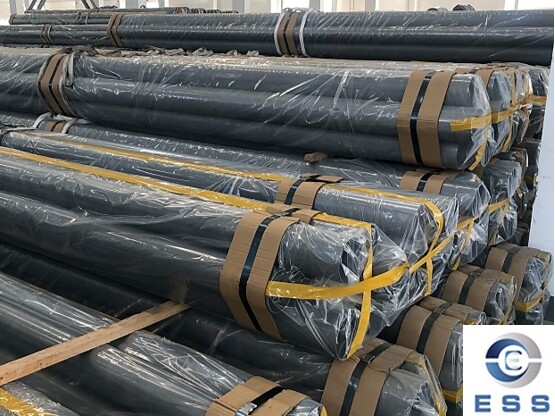
The performance test standards for precision
tubes are the key to ensuring that they can meet specific requirements in
practical applications. The following is a detailed summary of the performance
test standards for precision tubes:
Mechanical performance test
1. Tensile test
Test the tensile strength, yield strength
and elongation of precision tubes.
These indicators can reflect the bearing
capacity and plastic deformation capacity of precision tubes when subjected to
tensile force, especially when manufacturing precision tubes with high strength
requirements such as drill pipes.
2. Bending test
Test the fracture resistance of precision
tubes when bent.
Bending tests help evaluate the stability
and toughness of precision tubes when subjected to bending forces. For some
precision tubes for pup joint connections that need to be bent and formed, bending tests can ensure their
performance during processing and use.
3. Impact test
The impact toughness of precision tubes
under low temperature conditions is measured through low-temperature impact
tests (such as Charpy impact tests).
This helps evaluate the risk of brittle
fracture of precision tubes in low-temperature environments.
4. Hardness test
Use Brinell hardness tester, Rockwell
hardness tester or Vickers hardness tester to test the hardness of precision
tube.
Hardness reflects the ability of material
to resist deformation due to local pressure, which is directly related to the
wear resistance and pressure resistance of precision tube.
Pressure test
1. Water pressure test
Close both ends of the precision tube,
inject water with a certain pressure into the inside, keep it for a period of
time, and observe whether there is leakage, deformation or bursting. The
pressure of water pressure test is usually 1.5 to 2 times the design working
pressure of precision tube.
2. Air pressure test
For precision tubes for certain specific
purposes (such as hydraulic
tubes for hydraulic systems), air pressure test may be carried out.
However, the risk of air pressure test is relatively large, and water pressure
test is generally the main method.
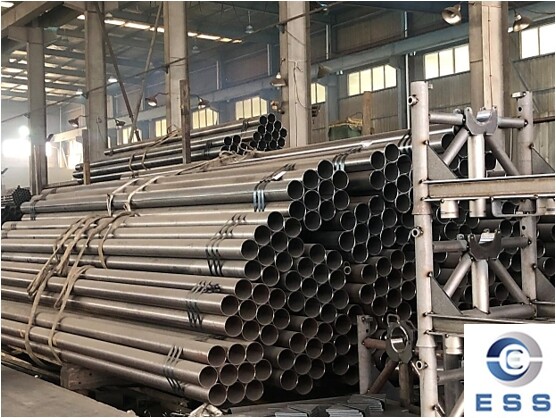
Nondestructive testing
1. Ultrasonic testing
Use ultrasonic waves to detect whether
there are defects such as cracks, pores, inclusions, etc. inside the precision
tube. Ultrasonic testing can detect tiny defects inside the precision tube and
is a common nondestructive testing method.
2. Eddy current testing
The cracks and defects on the surface and
near the surface of the precision tube are detected by eddy current method.
This method is sensitive to surface defects and can quickly detect surface
cracks, holes, etc.
3. Magnetic particle testing
For ferromagnetic materials, the surface of
the precision tube is magnetized and magnetic particles are used to detect
surface and near-surface defects. It is especially suitable for detecting
linear defects such as cracks and folds. When manufacturing seamless
pipes, magnetic particle testing is an effective means to find surface
defects.
4. Radiographic testing
The use of X-rays or gamma rays to perform
transillumination inspection of precision tubes can intuitively display
internal defects. Radiographic testing is suitable for detecting internal
defects in welding parts and thick-walled tubes.
Metallographic structure testing
The microstructure of the precision tube is
observed under a microscope to check the grain size, grain boundary state,
non-metallic inclusions, etc. to evaluate the material and heat treatment
quality of the precision tube.
This detection method is particularly
important for precision tubes because it can reveal the microstructural
characteristics inside the precision tube and provide more in-depth information
for quality assessment.
Corrosion resistance test (if
applicable)
For precision tubes that need to work in
specific corrosive media, it is necessary to conduct corrosion resistance
testing.
Corrosion tests are conducted on precision
tubes under simulated environmental conditions to determine their corrosion
resistance under specific conditions.
Temperature test (if applicable)
For precision tubes that need to work under
high or low temperature conditions, temperature testing is also important.
Temperature testing can evaluate the
thermal stability and thermal expansion performance of precision tubes under
high or low temperature environments.
Summary
In summary, the performance test standards
for precision tubes cover mechanical properties testing, pressure testing,
non-destructive testing, metallographic structure testing, corrosion resistance
testing, and temperature testing. These test standards are designed to ensure
that precision tubes can meet specific performance requirements in actual
applications, thereby ensuring their safety and reliability.
Read more: The difference between precision tube and seamless tube or Difference between seamless pipe and seam pipe









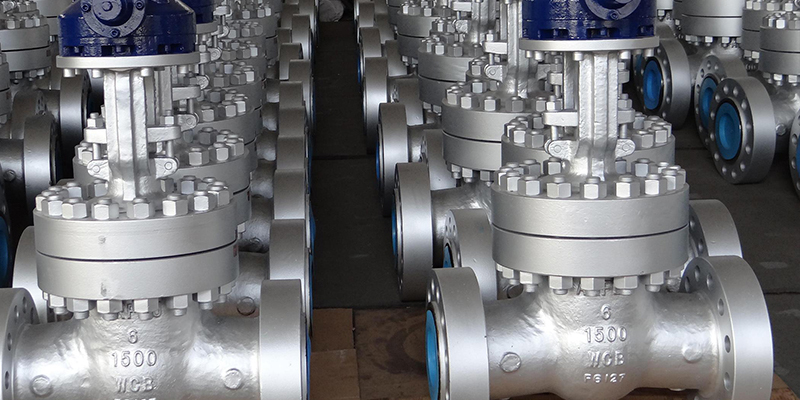
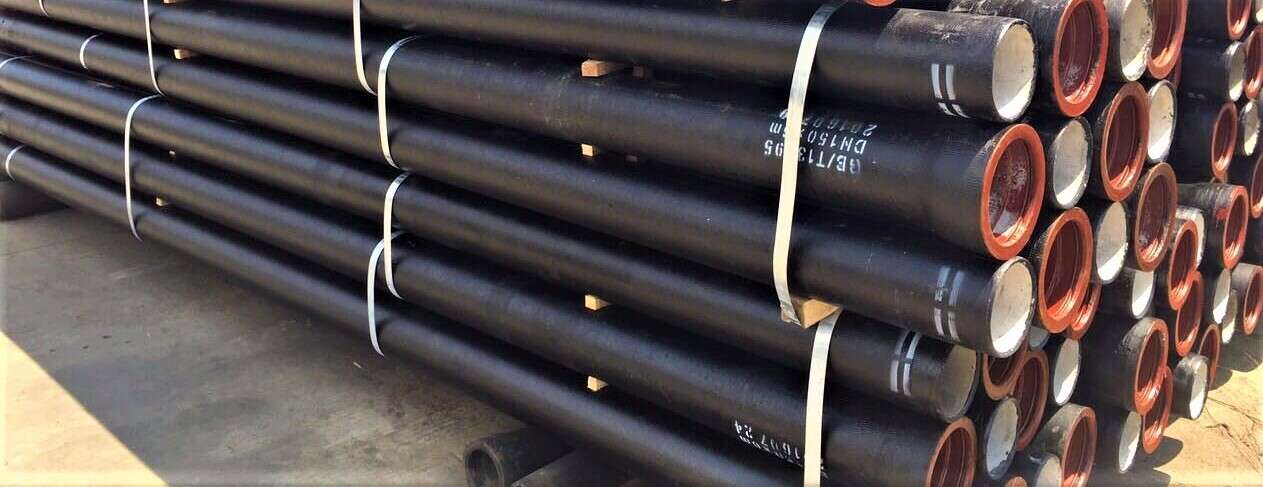


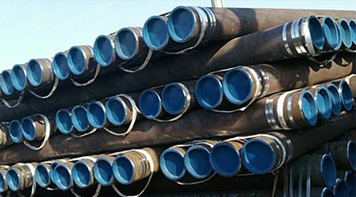 Eastern Steel Manufacturing Co.,Ltd not only improve product production and sales services, but also provide additional value-added services. As long as you need, we can complete your specific needs together.
Eastern Steel Manufacturing Co.,Ltd not only improve product production and sales services, but also provide additional value-added services. As long as you need, we can complete your specific needs together.
